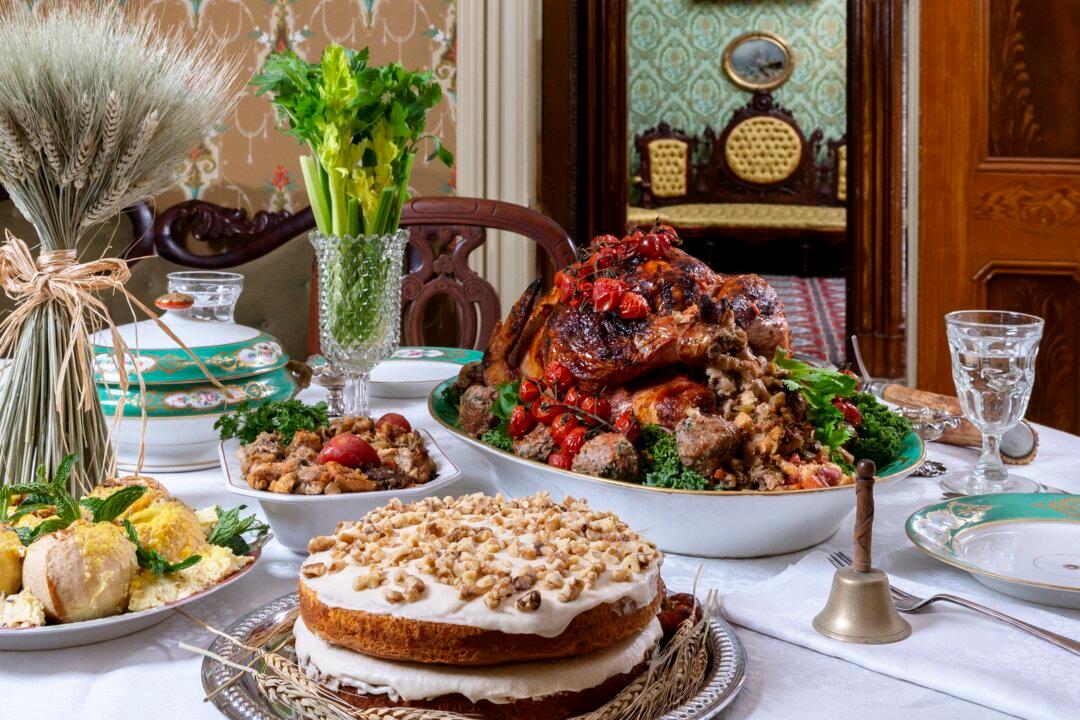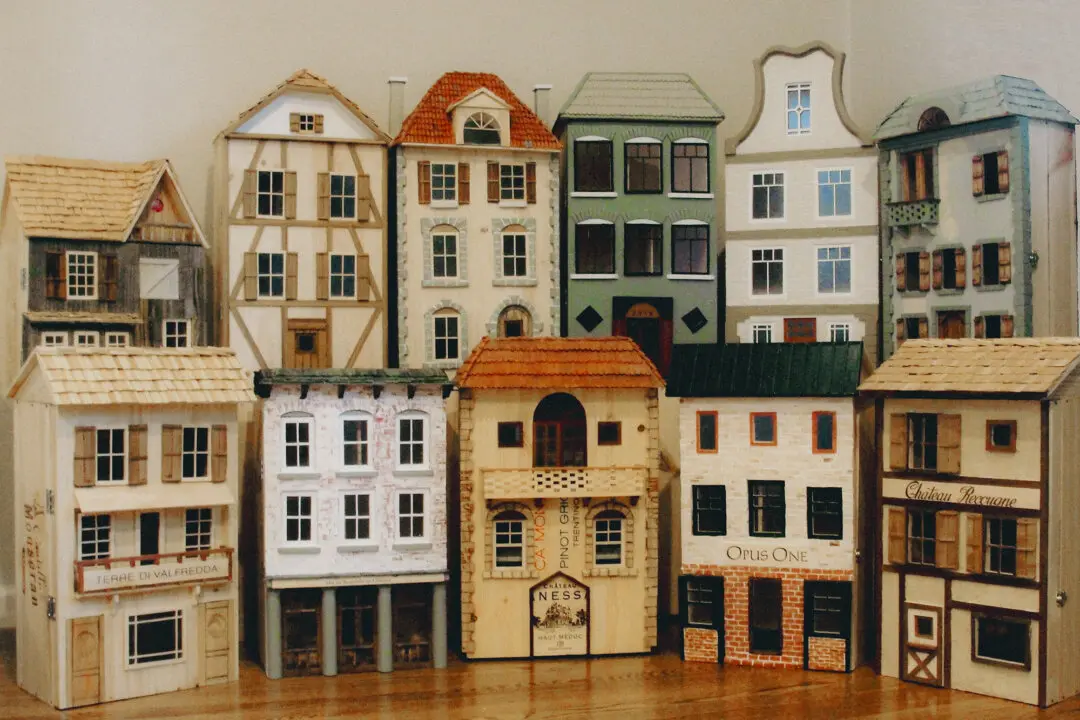Everyone has family traditions when it comes to food around Thanksgiving and Christmas. But if you really want to take your dinner guests back in time—and create a new tradition of your own—you might consider some ideas and recipes from those who dined in luxury ages ago.
Becky Libourel Diamond is an author who loves re-creating foods from historical recipes—and discovering the stories that go with them. Her book, “The Gilded Age Cookbook: Recipes and Stories From America’s Golden Era,” combines recipes from a bygone era with history, diving into how the well-heeled crowd between the years of 1868 and 1900 made many meals an event.






